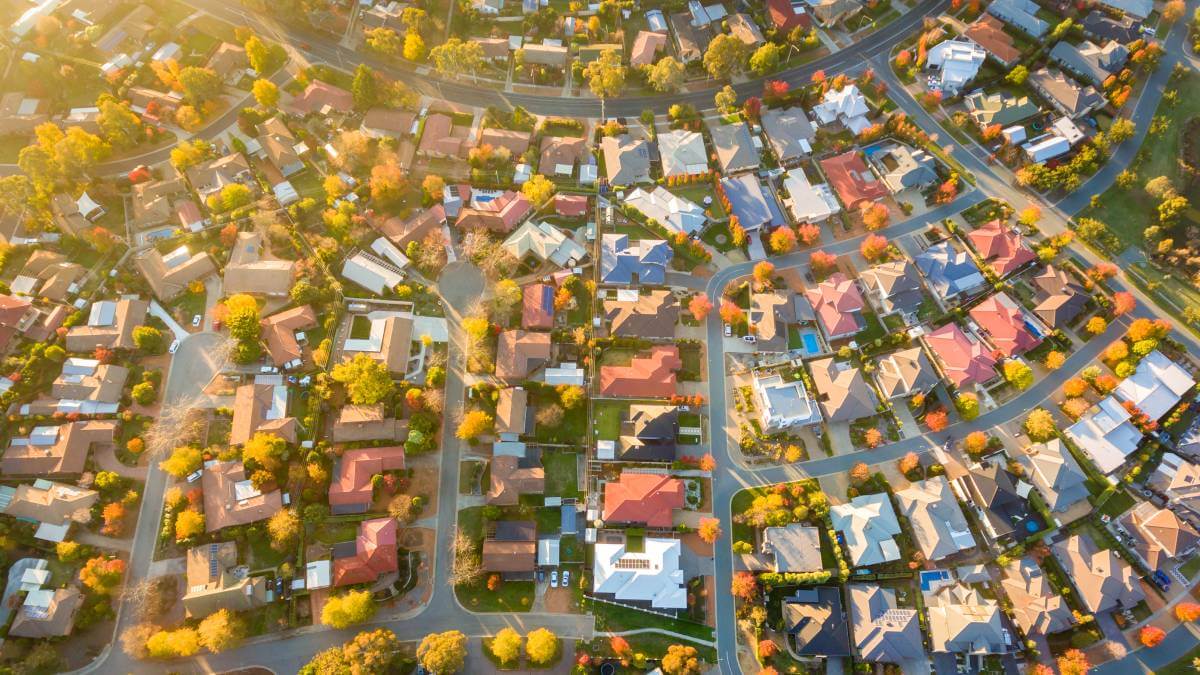One of the most significant assets for older Australians is their home.
This is especially so since it is exempt from the assets test, which can determine your Centrelink payments.
So what do the experts say about where the property market is headed in the lead-up to the spring selling season?
The good news for homeowners who rely on this asset is that property is expected to continue its long and steady rise, although major capital cities are expected to see the most gain.
Housing data experts CoreLogic says the figures are steadily rising, albeit slowly. Some traditionally expensive markets are bolstering the solid result.
CoreLogic’s national Home Value Index (HVI) marked a sixth consecutive monthly rise, up 0.8 per cent in August.
Diverse results
CoreLogic research director Tim Lawless said that while the values overall were positive, the results across the board were diverse, with housing in many regional centres falling in value.
“Sydney has led the recovery trend to date with a gain of 8.8 per cent since values found a floor in January this year. Brisbane has also posted a strong recovery with values up 6.2 per cent since bottoming out in February,” Mr Lawless said.
“At the other end of the scale, some other capital cities are better described as flat, with Hobart home values unchanged since stabilising in April, while values across the ACT have risen only mildly, up 1.0 per cent since a trough in April.
“These are also the only two capital cities where advertised supply is tracking higher than a year ago, suggesting a rebalancing between buyers and sellers is a key factor contributing to the stability of values in these regions.”
Conditions across regional housing markets were mixed, with values down over the month across the non-capital city regions of NSW (-0.2 per cent) and Victoria (-0.6 per cent), rising firmly across regional Queensland (0.8 per cent) and SA (0.9 per cent), and holding relatively flat in regional WA (0.1 per cent) and Tasmania (0.0 per cent).
Forecast supply shortages
CoreLogic’s HVI measures month-to-month movements in the value of Australian housing markets. It does not rely on sale prices alone but also considers land area, the number of bedrooms and bathrooms and the location.
The monthly gain Australia-wide was a slight acceleration from the 0.7 per cent increase in July.
The continuing increase is being attributed to the surge in immigration and forecast supply shortages.
As an indicator of demand, Australian Bureau of Statistics figures show that for the year ending July 2023, dwelling approvals fell by 8.1 per cent, which is expected to fuel demand.
Private sector house approvals rose 0.1 per cent, while private sector dwellings excluding houses fell 15.8 per cent.
And as for immigration, Australia expects to welcome 300,000 people this year, more than 25 per cent higher than Treasury forecasts.
In good news for those who still have mortgages, the Reserve Bank of Australia this week announced that it would hold the official interest rate steady at 4.1 per cent for the third month in a row.
According to The Sydney Morning Herald, the RBA is not expected to lift interest rates any further this year as inflation eases and the economy continues to slow in response to previous rapid increases.
Do you know the value of your home? Would an increase in price prompt you to sell it? Why not share your opinion in the comments section below?
Also read: Will a rent freeze hinder or help the housing shortfall?


I have no interest in what our home is worth. It is simply a place where we live not an investment and I plan on being here for the rest of my life.
But if I ever had to leave and enter a nursing home it would be a low cost public one because they look after you better than the expensive private ones that only see you as income for themselves.
We are watching central Brisbane house values closely. We’re downsizing retirees and have purchased an apartment “off the plan” at a fixed price. It isn’t due for completion until mid-late 2025, so any extra our house makes in the meantime will be a bonus. On the other hand, having done the sums, we could sell any time and invest the proceeds in a fixed term deposit which would more than cover rent (assuming we can find something suitable!). This would increase our savings and give us the comfort of knowing we’re ready – ie the downsize of furniture etc is done and the money ready in the bank). It’s a bit of a dilemma really as waiting a year or so could mean further increase in values, plus of course we want to make sure the building will actually be completed (although with Hutchinson’s as the builder you’d like to think it’s as secure as it can be in the current climate!). Oh for a crystal ball! Is anyone else in a similar situation, thoughts?